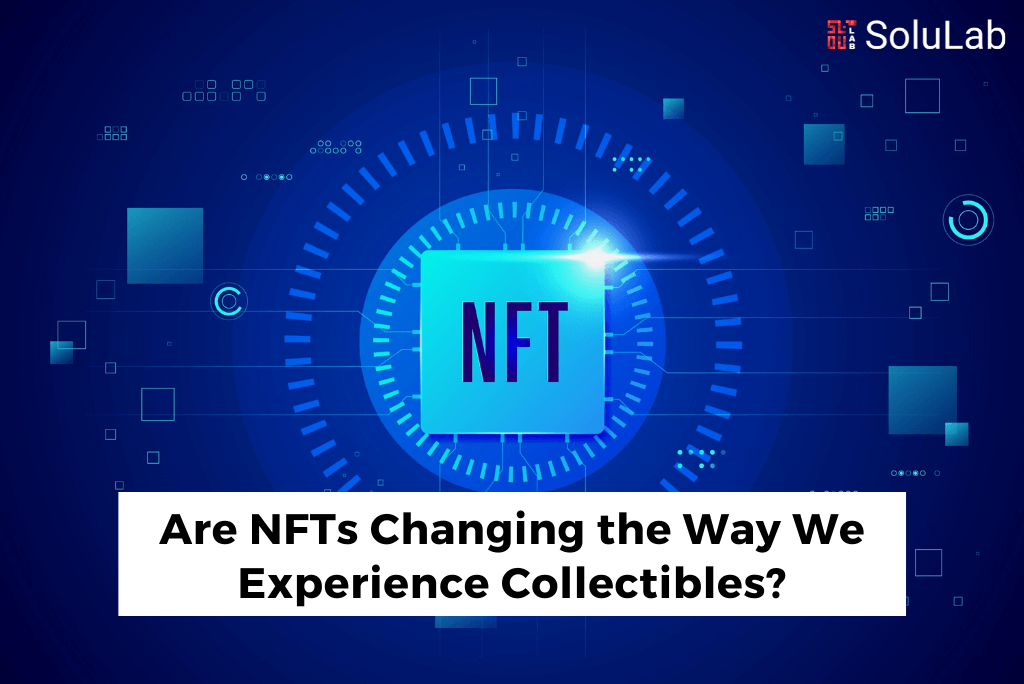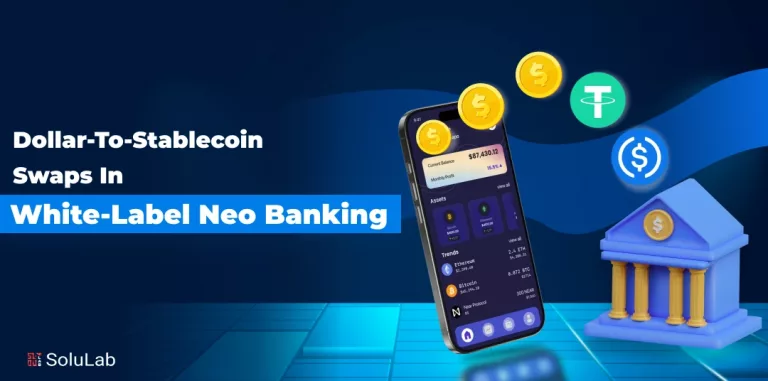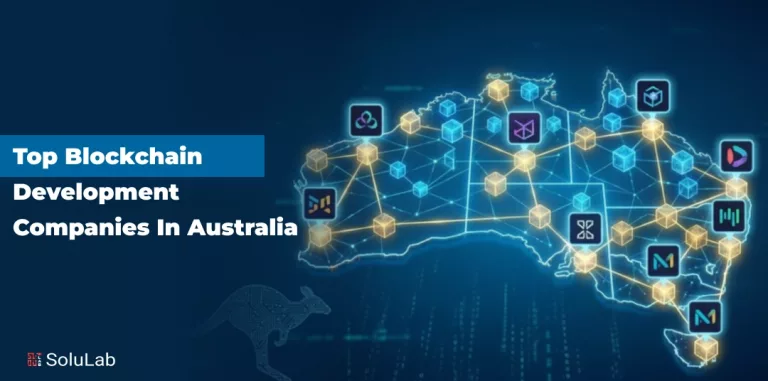
In recent years, non-fungible tokens (NFTs) have gone from a niche technology to a hugely popular phenomenon in the crypto sphere and even in the mainstream. With the growing popularity of NFTs, an increasing number of high-profile celebrities, household brands, and sports personalities are releasing their own collections as a way to reach new audiences. This has led to an increased variety of collectibles on NFT marketplaces.
Besides the feeling of exclusivity you get from owning a rare collectible, some digital collectibles also act as membership keys, offering holders perks like exclusive access to communities and playability in NFT games. Keep on reading to find out how NFTs have revolutionized the collectible experience for both collectors and creators alike.
What Is an NFT?
An NFT is a cryptographic token stored on a blockchain and can represent unique digital assets, such as artworks, music, and more. Each NFT has its own unique metadata that distinguishes it from other NFTs, ensuring the verifiable proof of authenticity and ownership of each token.
Currently, the most common use cases for NFTs are digital art, collectibles, and in-game items. However, NFTs are also used to prove ownership over real-world assets such as certifications, licenses, tickets, and digital identities. Some NFTs even function as digital counter-parties by working in tandem with physical items.
Read also: How Brands are Using NFTs
Although NFTs have much broader applications across different industries, the NFT market is currently primarily driven by digital collectibles.
What Are Digital Collectibles?
While many assume that a digital collectible is just an alternative term to refer to an NFT, it is only one of the two things you receive when you buy an NFT.
A digital collectible can be pretty much anything — be it an audio file, video clip, or JPEG image. The certificate of ownership, which is the NFT itself, is what makes your digital collectible truly unique. Without it, the digital asset you’ve purchased may as well be a screenshot or a copy of the original. Some of the more common digital collectible categories include art, games, sports, music, tickets, fashion merchandise, and even domain names.
How Have NFTs Changed The Way We Interact With Collectibles?
The concept of collectibles is not new. Long before NFTs existed, collecting trading cards, stamps, and other items was already a popular hobby. Over the years, blockchain technology has helped expand the digital collectibles market. Moreover, thanks to blockchain technology, NFTs can address the many challenges collectors face with physical collectibles.
Increased accessibility and security
Compared to physical items, NFTs are much more accessible and liquid. This means collectors can easily trade their digital collectibles without having to worry about physical limitations, such as border restrictions or wear and tear. They simply need an Internet connection and an account on an NFT marketplace. And unlike physical collectibles that can be forged, NFTs are secured on a blockchain, meaning they are nearly impossible to alter or counterfeit.
Minimized risk of damage
Physical collectibles will inevitably experience general wear and tear over time, no matter how well you store them. Since NFTs are digital, they are resistant to creases, stains, and scratches.
Seamless authentication process
Verifying the authenticity of rare collectible items in the real world can be a lengthy process. For example, a trading card collector would have to carefully package their card, send it to a professional authentication grading service, and wait for a professional to authenticate the card.
With digital collectibles, the history of a digital asset can be easily traced and authenticated on a blockchain. Anyone can see when it was created, who created it, and the number of editions available, thereby shortening the authentication process significantly.
Conclusion
The collectibles industry has been around for a long time, and items such as baseball cards, stamps, and sneakers have long held value to collectors all over the world. But challenges like restricted access, the risk of forgery, and physical damage are common obstacles for many collectors.
With the help of blockchain technology and NFTs, many of these problems have been solved. Moreover, as the technology behind NFTs continues to evolve, it may even completely change the way we collect valuable items in the future.
Blog Credits: Binance




